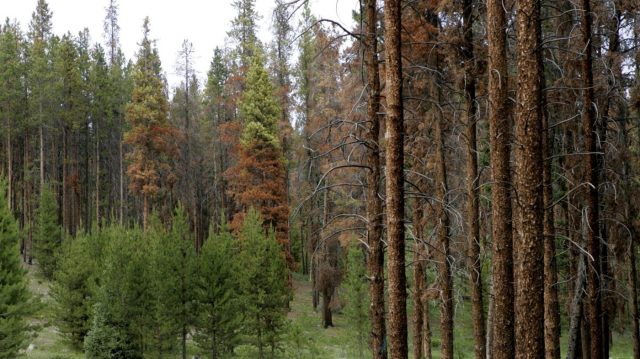Climate Crisis Unleashes Insect Invasion: Colorado's Forests Under Siege

Colorado's forests are facing an unprecedented threat as rising temperatures create a perfect storm for destructive insect invasions. A groundbreaking new report reveals that climate-induced warming is dramatically accelerating the spread of forest-destroying insects, turning once-lush woodland landscapes into vulnerable ecosystems.
The changing climate has become an unexpected ally for these voracious pests, providing ideal conditions for their rapid multiplication and expansion. As temperatures climb, these insects are finding increasingly hospitable environments to breed and multiply, leaving a trail of devastation in their wake.
Forests that were once resilient are now becoming graveyards of dead and dying trees, with insects systematically consuming bark, burrowing into trunks, and weakening entire forest ecosystems. The report highlights the urgent need for comprehensive forest management strategies and climate mitigation efforts to combat this growing ecological crisis.
Scientists warn that without immediate intervention, Colorado's cherished forest landscapes could be transformed beyond recognition, with potentially catastrophic consequences for local wildlife, biodiversity, and the broader environmental balance.
